HotSpots H2O: Nine Million People in South Sudan Do Not Have Enough Food
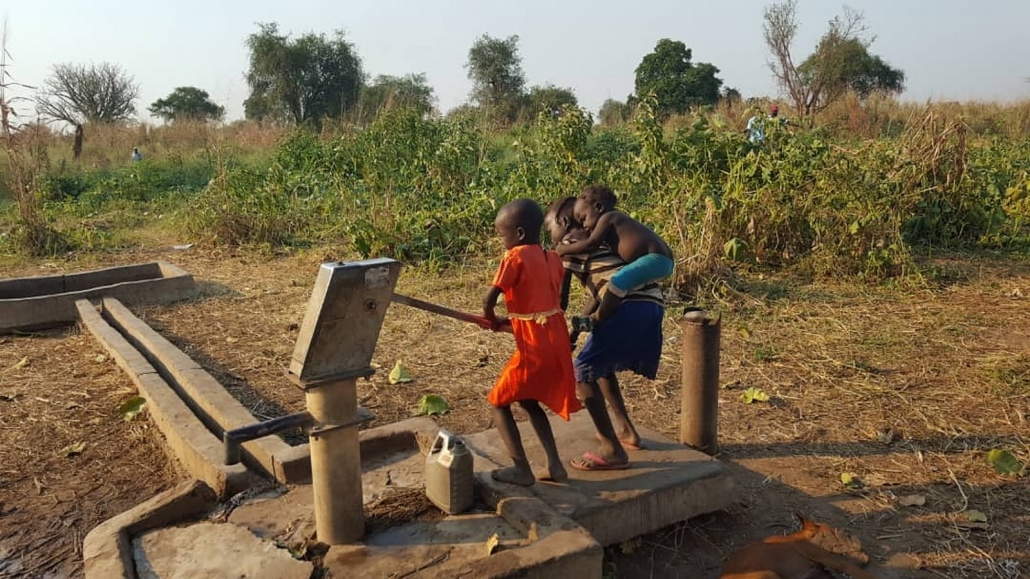
Children pumping water in South Sudan. Photo courtesy of Wikimedia Commons.
Extreme food insecurity is affecting 9 million people in South Sudan, and thousands are at risk of famine. Severe food shortages are due to years of conflict coupled with cyclical drought.
According to the World Food Programme, 7 million people in South Sudan are food insecure, 1.8 million are severely food insecure, and 210,000 face famine-like conditions.
Access to food, a perennial worry in the young country, has worsened since this spring, and is expected to remain problematic until at least September, when the next harvest begins. A famine warning system operated by the U.S. government and international partners predicts that conditions will begin to stabilize in the final months of 2019 due, in part, to the September harvest, but also to a relative decrease in conflict since last year.
South Sudan, which gained independence from Sudan in 2011, has been troubled by civil war and food insecurity for nearly its entire history. In 2017, South Sudan, along with Nigeria, Somalia, and Yemen, faced one of the world’s worst food crises in decades.
The unrest has driven people from their homes. The WFP estimates that more than 1.9 million South Sudanese are internally displaced, and an estimated 300,000 refugees reside in the country. These groups are especially prone to resource shortages.
Humanitarian aid is preventing starvation among South Sudan’s hardest-hit populations, but aid groups say that continued support is needed.
In addition to South Sudan, several other countries in East Africa are also struggling with food insecurity, especially Ethiopia, Kenya, and Somalia. The outlook there is similar, with conditions expected to ease or improve in the last few months of 2019.
Kayla Ritter is a recent graduate of Michigan State University, where she studied International Relations and Teaching English to Speakers of Other Languages. She is currently based in Manton, Michigan. Kayla enjoys running, writing, and traveling. Contact Kayla Ritter

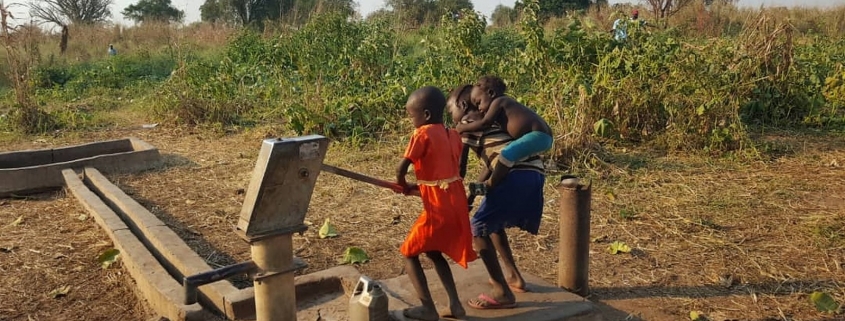

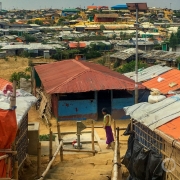
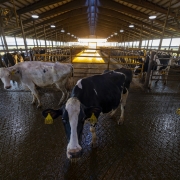

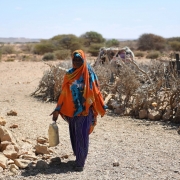
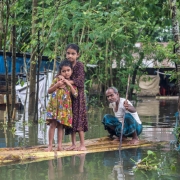




Leave a Reply
Want to join the discussion?Feel free to contribute!